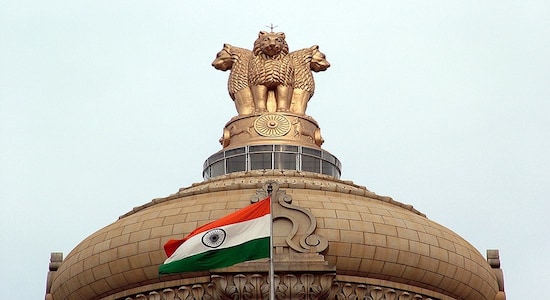
 1 / 12
1 / 12National Emblem of India| The Lion Capital of Ashoka at Sarnath is our National Emblem. It consists of four lions standing back to back on a circular abacus. The abacus, meanwhile, has sculptures of an elephant, a horse, a bull and a lion. It also has the Dharma Chakras (wheels with 24 spokes). The State Emblem also has 'Satyameva Jayate '(Truth Alone Triumphs) written below it. (Image: Wikimedia Commons)
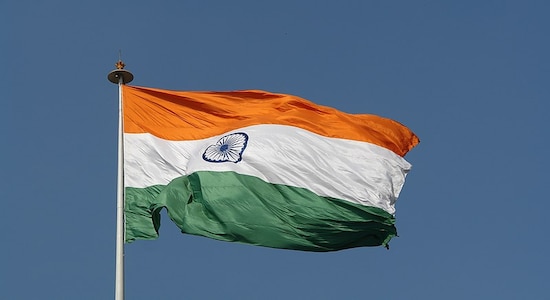
 2 / 12
2 / 12National Flag of India | The country's flag has three colours – deep saffron, white and green with the Ashoka Chakra (Wheel of Law) at its centre. Saffron represents strength and courage, the white in the middle is for peace, and the green at the bottom represents the fertility of the land (thereby, prosperity). The Ashoka Chakra (with 24 spokes) represents 24 hours of the day and the constant movement in life. Designed by Pingali Venkayya, the Indian flag is also called the Tricolour. (Image: Wikimedia Commons)
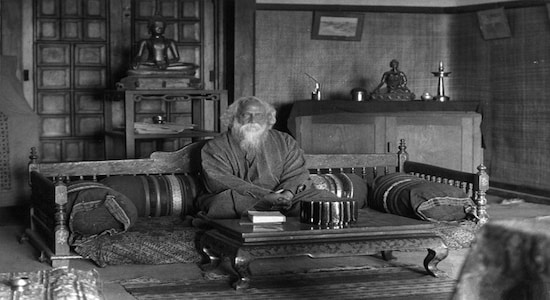
 3 / 12
3 / 12National Anthem of India | The national anthem 'Jana Gana Mana' was originally composed in Bengali by Rabindranath Tagore. The first stanza of the song Bharoto Bhagyo Bidhata was adopted by the Constituent Assembly of India as the National Anthem on January 24, 1950. It conveys the spirit of pluralism and furthers our ‘Unity in Diversity’ belief, which lies at the core of India’s cultural heritage. (Image: Wikimedia Commons)
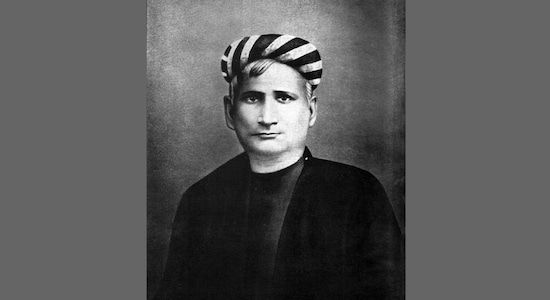
 4 / 12
4 / 12National Song of India | Composed in Sanskrit by Bankimchandra Chatterjee, Vande Mataram is the national song of India. It was initially the national anthem of India but after Independence, ‘Jana Gana Mana’ was adopted as the national anthem as non-Hindu communities considered Vande Mataram biased. Nevertheless, Vande Mataram inspired many freedom fighters during the freedom struggle. (Image: Wikimedia Commons)
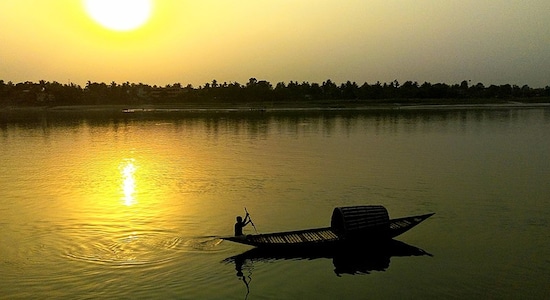
 5 / 12
5 / 12National River of India | Revered by millions of Hindus, the Ganga is the national river of India. Ganga flows through 2,510 km of mountains, plains and valleys, and is the longest river in the country. The Gangetic plains are immensely fertile and are crucial to India's self-reliance in the agriculture sector. (Image: Wikimedia Commons)
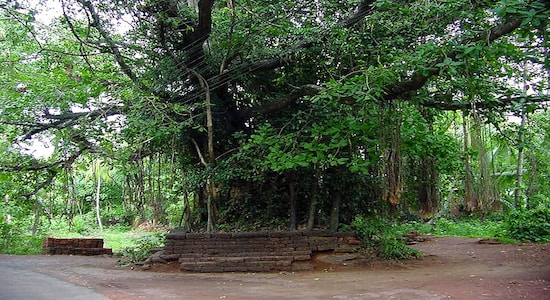
 6 / 12
6 / 12National Tree of India | The Banyan tree, which represents eternal life, is the national tree of India. The tree’s huge structure and its deep roots symbolise the country’s unity. In Sanskrit, the banyan tree is called the Kalpavriksha, which means ‘wish fulfilling tree’. The tree also gives shelter to many different kinds of animals and birds. (Image: Wikimedia Commons)

 7 / 12
7 / 12National Game of India | Between 1928 and 1956, India won six consecutive gold medals in the Olympics hockey. India had played 24 Olympic matches and won all of them. Hockey was made the national game as India was supremely successful in the game. (Image: Wikimedia Commons)
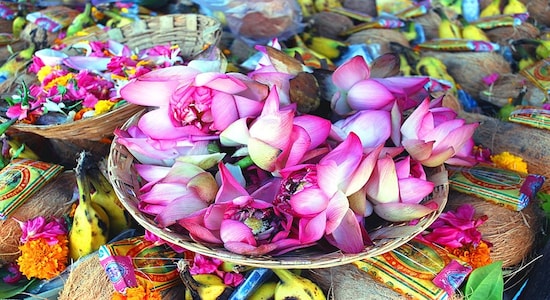
 8 / 12
8 / 12National Flower of India | Lotus is our national flower as it has a very significant place in Indian mythology. The flower -- associated with Goddess Lakshmi -- symbolises wealth, prosperity, and fertility. (Image: Wikimedia Commons)
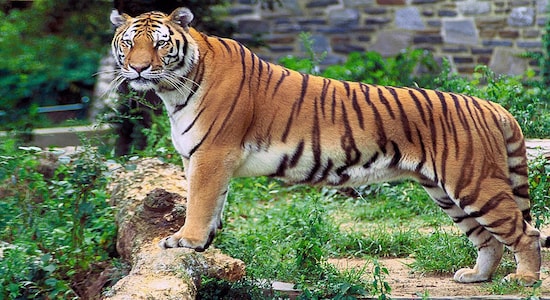
 9 / 12
9 / 12National Animal of India | Bengal Tiger is the national animal of India. Also known as the Lord of the Jungle, Bengal Tiger represents India’s wildlife wealth. Sadly, the Bengal Tiger is vulnerable to extinction. In the last few years, their numbers have increased due to the tireless efforts of government agencies and NGOs. (Image: Wikimedia Commons)
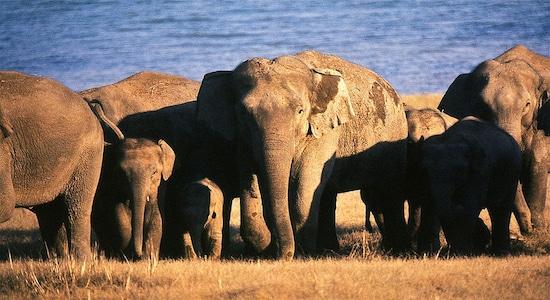
 10 / 12
10 / 12National Heritage Animal of India | Found in mainland Asia, the Indian elephant is our national heritage animal. It is found in four different regions of the country. However, their population is shrinking due to deforestation. The pachyderm is listed as one of the endangered animals by the International Union for Conservation of Nature (IUCN). (Image: Wikimedia Commons)
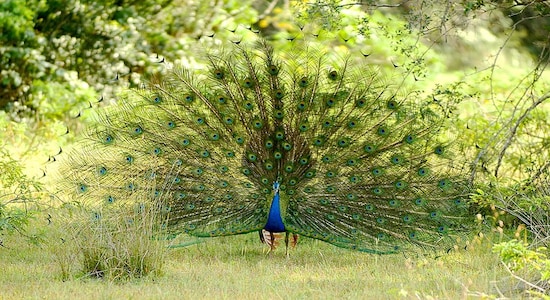
 11 / 12
11 / 12National Bird of India | Peacock is the national bird of India. It is a symbol of grace and beauty. Peacock was chosen as the national bird because of its presence across the country. (Image: Wikimedia Commons)

 12 / 12
12 / 12National Fruit of India | Known to be the ‘Food of the Gods’, mango is the national fruit of India. India is known to be the largest producer of mango and accounts for more than 50 percent of total mango exported around the world. (Image: Wikimedia Commons)
